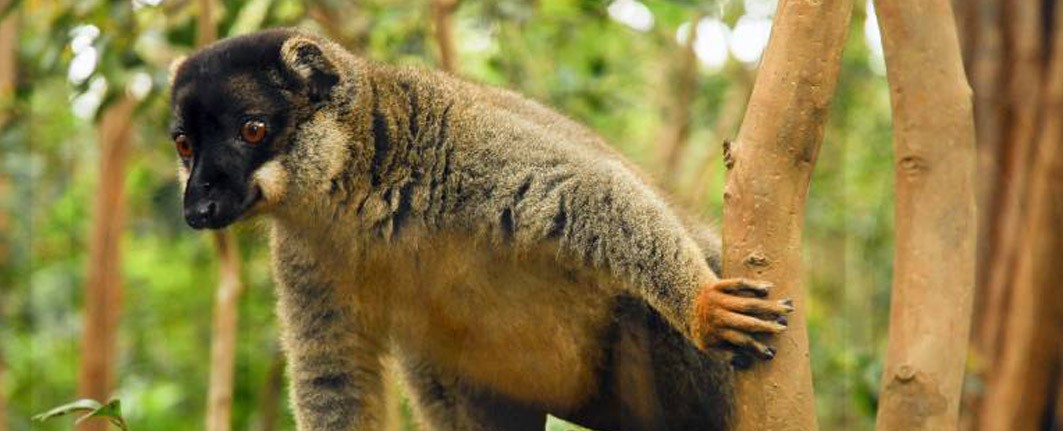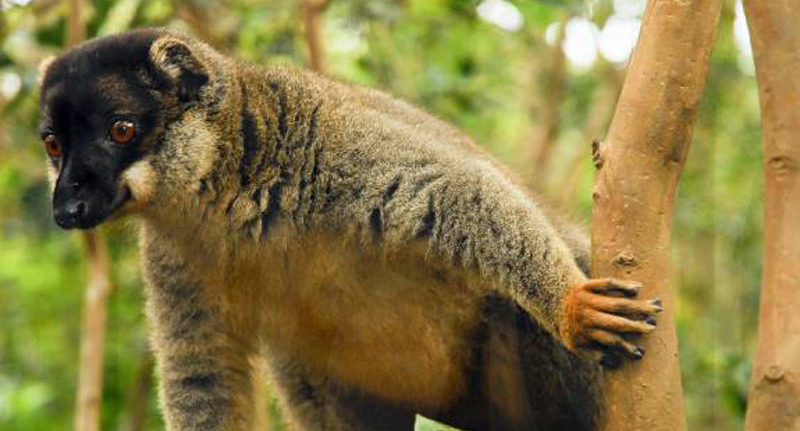
Discover Madagascar Widespread Brown Lemurs: The Hidden Gems of the Island
Madagascar is home to some of the world’s most unique wildlife, and among its most captivating inhabitants are the Madagascar Widespread Brown Lemurs. These medium-sized, brownish primates are not only fascinating to observe but play a crucial role in the island’s diverse ecosystem. In this article, we explore their habitat, behavior, and the best places to spot them in Madagascar.
What Are Madagascar Widespread Brown Lemurs?
Madagascar Widespread Brown Lemurs belong to the ‘true lemur’ family, which are primarily active during the day. Unlike other nocturnal lemurs, these lemurs thrive in daylight, making them easier to spot for wildlife enthusiasts. As their name implies, bamboo lemurs primarily feed on bamboo, although their diet also includes fruits, leaves, and flowers.
Physically, these lemurs are medium-sized with brown fur and a distinctive blackish face. Both males and females appear similar, though slight variations occur depending on the region.
Distribution of Madagascar Widespread Brown Lemurs
Madagascar Widespread Brown Lemurs have a wide distribution across the island. They are commonly found in:
-
Rainforests in the central and northern parts of eastern Madagascar
-
Dry forests in the northwest
-
Forest fragments on the High Plateau
Interestingly, they have also been introduced to Mayotte, demonstrating their adaptability. In their habitats, they often coexist with other lemur species, such as the Red-bellied Lemur in the east and the Mongoose Lemur in Ankarafantsika National Park.
Identifying Madagascar Widespread Brown Lemurs
Spotting a Widespread Brown Lemur is relatively straightforward if you know what to look for. Key identifying features include:
-
Medium-sized body with brown fur
-
Blackish facial markings
-
Behavioral differences depending on the region, including cohabitation with other lemur species
-
Vocalizations such as a mechanical rasping wail or pig-like grunt
The lemurs’ vocal calls are often performed in unison by the entire group, making it a spectacular experience for visitors.
Behavior and Social Life
Madagascar Widespread Brown Lemurs are social animals, typically forming small to medium-sized groups. Their behaviors include:
-
Feeding primarily on fruits, leaves, and flowers
-
Staying within a localized area of their forest habitat
-
Moving swiftly through the dense forest, showing remarkable agility
Their social structure and active lifestyle make them fascinating subjects for wildlife photography and nature studies.
Best Places to See them
If you want to witness Madagascar Widespread in their natural habitat, the following locations are highly recommended:
-
Andasibe-Mantadia National Park – A hotspot for wildlife enthusiasts, where brown lemurs are commonly seen.
-
Ranomafana National Park – Known for its rich biodiversity and relatively easy lemur sightings.
-
Ankarafantsika National Park – Less common but still a reliable location to encounter these lemurs.
Visiting these parks not only provides an opportunity to observe lemurs but also supports Madagascar’s conservation efforts.
Why Madagascar Widespread Brown Lemurs Are Important
These lemurs are essential to Madagascar’s ecosystem. By feeding on fruits and flowers, they aid in seed dispersal, contributing to the health and regeneration of forests. Protecting them is crucial for maintaining the island’s biodiversity and ecological balance.
HT AGENCY TOURS
Luxury Madagascar with the best luxury African safari tours packages. Discover your next perfect destination with HT Agency Tours

